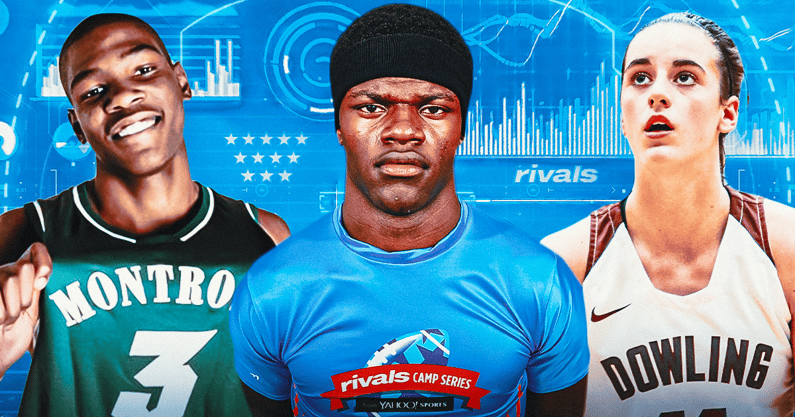How Recruiting Rankings are Determined

Understanding Recruiting Rankings and the Path to College Football
Recruiting rankings evaluate high school football (and other sports) players based on their potential to succeed at the college level, emphasizing future draft projection.
Although each company— Rivals, ESPN and 247Sports—uses its own team of analysts and slightly different evaluation methods, they all prioritize two key factors:
- Feedback from college coaches and scouts
- In-depth scouting evaluations
While the rankings process is not an exact science, it has proven highly accurate in projecting the success of elite prospects, particularly 4- and 5-star athletes.
For example, in the 2023 NFL Draft, 81.3% of On3 Five-Star prospects were selected—making them 24 times more likely to be drafted than 2-star or unrated players. Over the past three drafts, 71% of all Five-Star athletes have been drafted.
Why Understanding the Rankings Process Matters
For rankings to work for athletes, they must understand the process and take a proactive approach to recruitment. Many talented athletes go unnoticed or play below their skill level simply because they were not visible to the right people at the right time.
Rivals Recruits is a platform designed to support athletes in their recruiting journey. It helps players showcase their accomplishments through managed profiles, verified stats, and highlights. It also provides key data insights and educational tools to help athletes and their families better navigate the recruiting landscape and NIL opportunities.
What Scouts Look For
1. Physical Traits
Size, speed, athleticism, and position-specific measurables (e.g., arm length for linemen, 40-yard dash times for skill positions).
2. On-Field Performance
Game film, stats, and consistency—especially against quality competition. Complete game film is more valuable than a flashy highlight reel.
Top 10
- 1Breaking
Avery Johnson family
Releases statement after brawl
- 2
Bowl Projections
Full matchups, CFP predictions
- 3Hot
ESPN Top 25
Updated rankings after Week 0
- 4New
Wake Forest
name ex-SEC QB as starter
- 5
Video of brawl emerges
Avery Johnson family fight
Get the Daily On3 Newsletter in your inbox every morning
By clicking "Subscribe to Newsletter", I agree to On3's Privacy Notice, Terms, and use of my personal information described therein.
3. Upside and Projection
Potential for development through coaching, strength training, and experience. This is often one of the most important—and most misunderstood—factors.
4. Competition Level
Dominating in a top football state or elite high school program carries more weight than success against weaker competition. Athletes from smaller divisions may need to go the extra mile to prove themselves.
5. Camp and Combine Performances
Performing well at national or regional events (e.g., Under Armour, Rivals) can significantly boost visibility by putting athletes in front of multiple scouts and analysts.
6. Offers and Interest
Verified offers validate a player’s talent and often influence how both scouts and ranking services perceive them.
Key Takeaway for Athletes and Parents
Recruiting rankings do matter—but they aren’t everything. College coaches look at more than just stars; they review game film, check academic eligibility, speak with high school coaches, and evaluate a player’s character and work ethic.
You don’t have to be ranked to get recruited but it helps. Creating a profile, attending camps, and consistently putting your best work on film are the best ways to get noticed. Rankings often follow exposure, performance, and verified data.